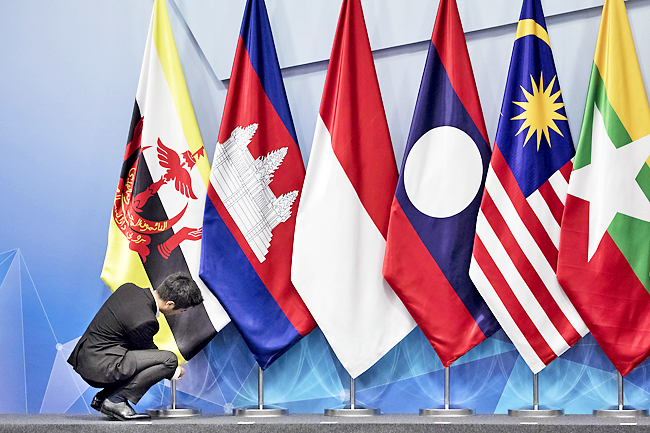SINGAPORE, Feb 21 (Bernama) — Many Southeast Asian countries have the potential to grow and harvest enough feedstocks to develop a substantial sustainable aviation fuel (SAF) industry and reach 100 per cent sustainable fuel demand by 2050, said Airbus chief sustainability officer Julie Kitcher.
She said the region possesses enormous production potential due to an abundance of feedstocks and an existing biodiesel industry to build on.
Thus, she pointed out, policymakers should also help unlock investments while shaping the suitable regulatory landscape such as the emergence of common regulatory framework in the region.
“Such framework would accelerate the transition to net zero and the production of some countries — maybe net exporters or net importers — and a common regulatory approach would be smoother for this fuel to be transferred across borders, with the appropriate economic conditions.
“The conditions should include a clear definition for sustainability criteria based on the International Civil Aviation Organisation’s (ICAO) definition,” she said during the “Pioneering Sustainable Aerospace” briefing at the Singapore Air Show Wednesday.
The ICAO and its member states are committed to achieving net-zero carbon emissions by 2050 and achieving a collective global vision to reduce carbon emissions by five per cent by 2030 using cleaner energies, including SAF.
Hence, Kitcher said, it is still possible for enough production capacity to be up and running in the region by 2030, supplying around five to 10 per cent of SAF in 2030.
However, she explained the need for having firm investment plans in place by 2025 in countries such as Japan, Australia, Thailand, Malaysia and Singapore, as 50 per cent of the future growth in SAF is expected to be from the Asia-Pacific region.
As for Airbus, Kitcher said engineers are examining the possibility of a new short to medium-range aircraft that would provide another step forward in fuel efficiency in the second half of the 2030s.
“In our own flight operations last year, SAF accounted for more than 10 per cent and some 11 million litres of the fuel we used. We will go even further in 2024, with 15 per cent targeted,” she said.
She also expressed her confidence that Malaysia would be one of the major contributors to feedstock production given its vast potential.
— BERNAMA





